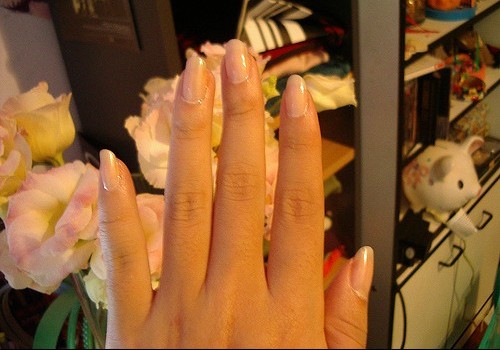
How can someone determine your overall health from the state of your nails
The health of your nails can give you a pretty good estimation of your overall health. Yes, regardless of how tiny they are, nails still play an important role in clinical diagnosis, and lack of attentiveness could result in missing critical clues. The color, appearance, texture and even length of your nails are all essential criteria in establishing how healthy you are. "Just like the eyes are the window to the soul, so are the nails," says Tamara Lior, MD, a dermatologist with Cleveland Clinic Florida. They could provide us with critical warning signs of systemic diseases such as cancers, autoimmune attacks and even infections.
- Important notification about information and brand names used in this slideshow!
- Photo courtesy of RainFox CherryBlossomInRain by Flickr : www.flickr.com/photos/rainyfoxy/392727700/
- www.rxlist.com/nail_health_slideshow/article.htm
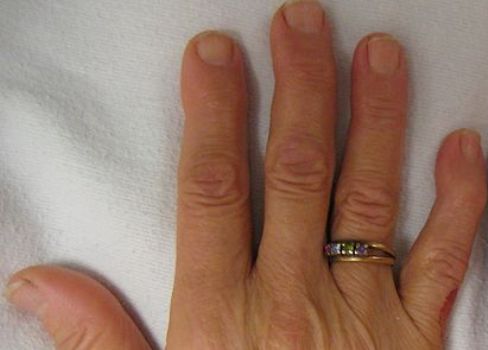
Pale Nails
Pale nails might be a good indicator of anemia (a condition in which there is a decrease in the red blood cells hemoglobin is decreased). Anemia in turn can arise from several factors, from malnutrition, red blood cells defects to infections or low iron storage. Paleness of the nail bed can also occur with congestive heart failure, where the left heart fails to pump blood out of the left ventricle and into the systemic circulation, thus supplying all organs and tissues. And because the nails are located at the periphery, they suffer the most damage. Pale nails could also be one of the tell-tale signs of liver disease.
- Important notification about information and brand names used in this slideshow!
- Photo courtesy of James Heilman, MD by Wikimedia Commons : commons.wikimedia.org/wiki/File:Anemia.JPG
- Source 1: www.webmd.com/skin-problems-and-treatments/features/what-your-nails-say-about-your-health
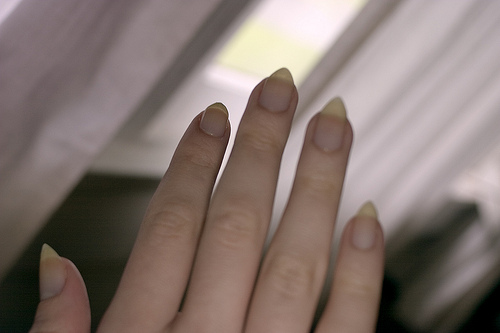
White Nails
White nails are generally caused by low blood proteins level, most commonly hypoalbuminemia. A possible cause of the whitening of the nails with low protein levels could be fluid accumulation around the nail bed. The whitening could affect the entire nail, or in some instances could only be present as spots on the nail. Some people tend to believe that a whitish discoloration of the nails is indicative of high blood levels of calcium, which of course is an erroneous belief.
- Important notification about information and brand names used in this slideshow!
- Photo courtesy of B Zedan by Flickr : www.flickr.com/photos/bzedan/4706834753/
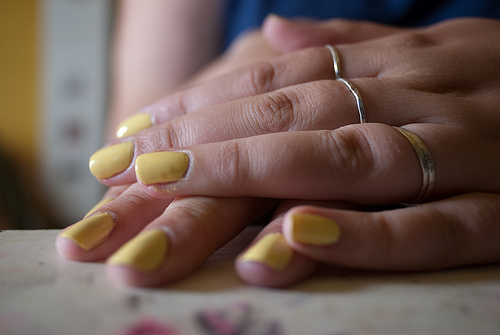
Yellow Nails
Yellowing of a nail could be an indication of a chronic medical condition such as chronic liver disease, kidney disease, lung disease, diabetes and even chronic malnutrition. In case of a chronic liver disease, the yellowing could be caused by accumulation of bilirubin under the nail bed. Nail yellowing can also occur as the result of a fungal infection The reason is, as the fungus develops under the nail bed, it starts producing pigments that cause discoloration of the nail, associated with nail flaking and a putrid smell. Topical antifungal medications can help to cure the condition. Nail yellowing can also occur as a result of cigarette smoking.
- Important notification about information and brand names used in this slideshow!
- Photo courtesy of Hannah by Flickr : www.flickr.com/photos/girlaphid/4790949377/
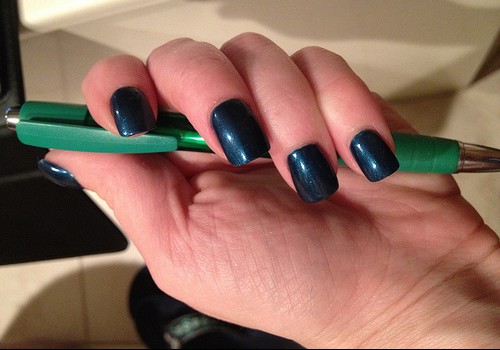
Bluish Nails
Unless you are purposely wearing a blue nail polish, blue nails are essentially pathologic. Most of the time, they are an indication of severe hypoxia. This can happen as a result of cold temperatures, leading to constriction of the peripheral vessels, causing the nails to turn blue. When that happens, the patient concurrently experiences bluish lips, ears and nose tip.Bluish nails can also occur in patients with cardiovascular diseases (congestive heart failure, myocardial attack, etc,) or pulmonary diseases (pneumothorax, pulmonary embolism, pulmonary edema, etc.). The common criterion for both of these diseases groups is the resulting hypoxia.
- Important notification about information and brand names used in this slideshow!
- Photo courtesy of Jill Saperstein by Flickr : www.flickr.com/photos/jilbean3/7000013069/
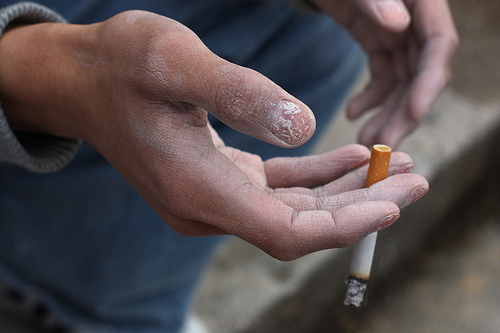
Cracked Or Splitted Nails
Nails tend to crack and break when they become weak. Nail cracking and splitting is highly indicative of malnutrition. Cracked nails can also occur as a result of aging. With aging, nails tend to dry as the nail bed starts to lose its moisture and hydration. This renders nails more fragile and less able to resist breakage and trauma. Furthermore, nails can become brittle and cracked if they are repeatedly exposed to harsh chemicals: dishwashing liquids, detergents, alcohol, etc. That is why it is recommended to wear household gloves when performing daily chores. Holding a tube of nourishing hand and nails cream could also come in very handy.
- Important notification about information and brand names used in this slideshow!
- Photo courtesy of Sarah Ross by Flickr : www.flickr.com/photos/23680544@N07/4330800753/
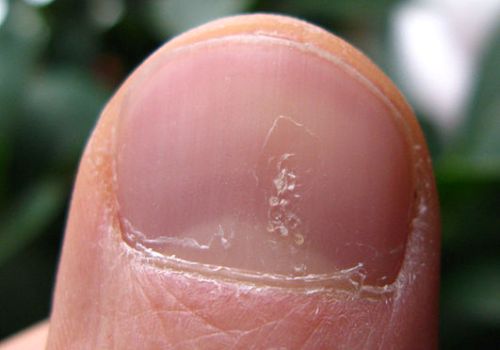
Rippled Nails
Rippling and pitting of the nail surface is highly indicative of psoriaris, an autoimmune inflammatory disease. A rippled nail appears with tiny little holes at its surface. In addition to psoriaris, nail rippling occurs in many other conditions such as contact dermatitis, atopic dermatitis and irritant dermatitis. Nail rippling can also be observed in systemic lupus erythematosus (SLE), osteoarthritis, rheumatoid arthritis, etc. In other words, nail rippling is the result of an autoimmune reaction, rather than a metabolic condition.
- Important notification about information and brand names used in this slideshow!
- Photo courtesy of Seenms by Wikimedia Commons : commons.wikimedia.org/wiki/File:Luszczyca_paznokcia.jpg
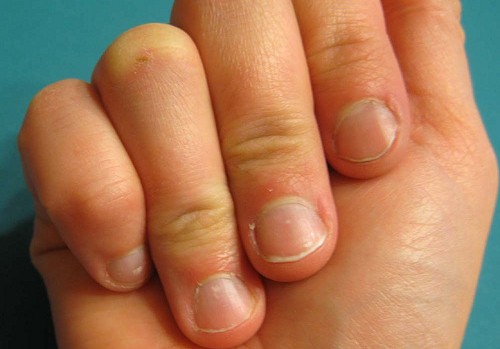
Gnawed Nails
Gnawed nails develop in patients with "nail biting" habits. Henceforth, the primary treatment for this condition is behavioral control. Anxiety is the number cause of nail biting behaviors. As the patient keeps biting his/her nails, more and more skin is exposed, and with the constant biting there are breaks on the skin that are potential port of entry for epidermal bacteria. As a result, periungual bacterial infections may result, and lead to potential complications. With patients presenting with gnawed nails, treating the anxiety (if it has been identified as the cause) generally helps to resolve the problem.
- Important notification about information and brand names used in this slideshow!
- Photo courtesy of Sara Westermark by Flickr : www.flickr.com/photos/sarawestermark/2581838871/
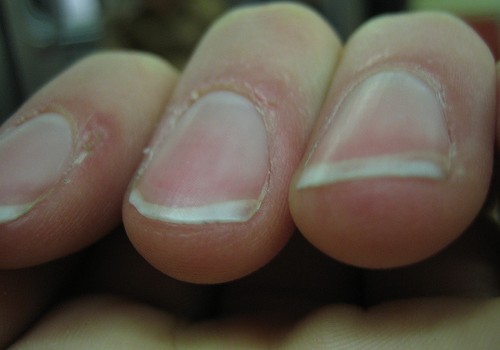
Puffy Cuticle
Swollen cuticles and puffy nail folds occur when the skin under the nails undergoes chemical damage. Chemical damage could be secondary to bacterial infection, oxidation reactions, burn reactions or other internal mechanisms. As the collagen bundles break, fluid accumulates in the interstitial space, given the nail a swollen appearance. This phenomenon can be observed with acute nail infections (either bacterial or fungal), autoimmune inflammatory disorders and collagen vascular diseases. The puffy nail is characterized by its "moth-eaten" appearance.
- Important notification about information and brand names used in this slideshow!
- Photo courtesy of whistlingoutloud by Flickr : www.flickr.com/photos/whistlingoutloud/69550996/

Lines Under Nails
Patients tend to worry about occasional brown or black streaks that form under the nails. The dark coloration is actually observed within the nail matrix, beneath the nail fold. Unfortunately, there has not been any isolated cause of this condition, ans hypothesis may vary. Dark lines under the nails could be due to hyperpigmentation (such as in patients with Insulin resistance - linea nigra), Addison's disease or any other endocrine condition. The specific etiology of this symptom is not known, and only a thorough history and local biopsy can help in analyzing this problem in depth.
- Important notification about information and brand names used in this slideshow!
- Photo courtesy of Lyrl by Wikimedia Commons : commons.wikimedia.org/wiki/File:Muehrcke's_lines.JPG




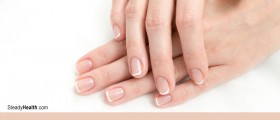
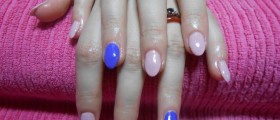
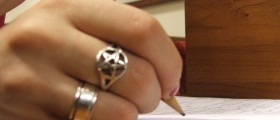
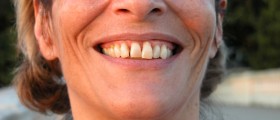
_f_280x120.jpg)
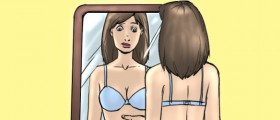


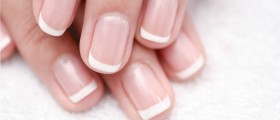

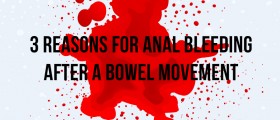
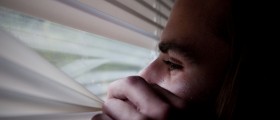



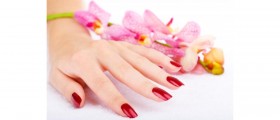
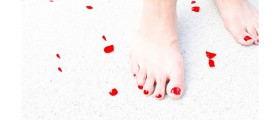
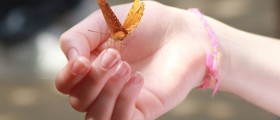
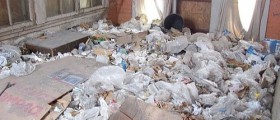
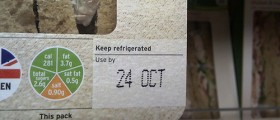
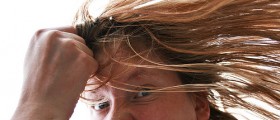
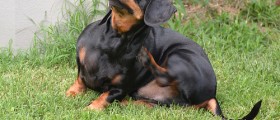
Your thoughts on this
Loading...